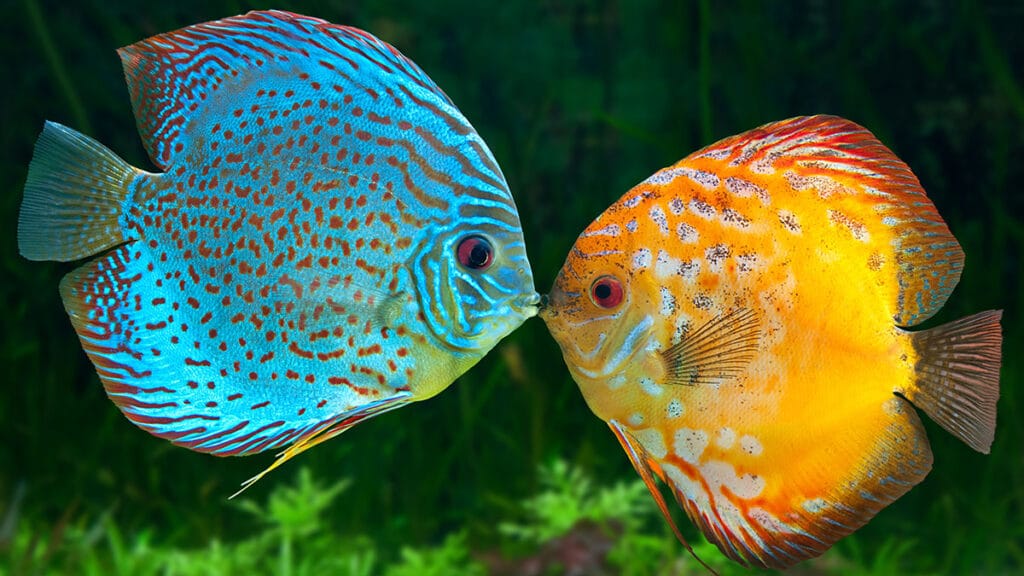Inle is the Cuban Yoruba orisha of medical workers, fishers, the deaf, the mute, and the LGBTQ+ community.
Inle

A guardian of estuaries, Inle is one of the sons of Yemayá, and brother of Abbata.
Estuaries are tidal zones where the river meets the sea. Often at river mouths, estuaries clean the water, protect the land, and provide a nursery for the creatures of the sea. New York City is surrounded by the estuaries of the Hudson River and Long Island Sound. We used to think the coastal swamp was junk land, but now we know it is important for the health of both land and sea. Oyster beds used to clean the water and protect New York City from storms. New Yorkers are trying to restore them now. It’s certainly just a coincidence, but Inle sounds like the English “inlet” which along the coast is often an estuary.
Inle’s name derives from the Yoruba “Erìnlè,” meaning the food the earth gives. His traditions come from Ilobu, Nigeria, a town north of Osogbo, that has a river running through it.
In Cuba, Inle is syncretized with Archangel Raphael, the patron of medical workers, whose name means “God heals.” That’s why Inle is celebrated on the Feast of Raphael which in old Catholic tradition was October 24.
Signs of Inle
Inle is usually represented as a strong, but beautifully androgynous warrior with two snakes wound around his body. The snakes represent the caduceus, a medieval European symbol of the medical arts, or the Rod of Asclepius, the ancient Greek god of medicine and healing. Like Asclepius, Inle often carries a staff. Inle’s staff usually has a fish hook on its end.
In nature, Inle manifests as fish. His colors can be white, yellow and blue; or dark green, deep blue and coral.
His Pataki Story
One of the patakis about Inle is that after Changó, the hyper manly orisha of the drum, tricked his mother Yemayá, the Great Mother orisha of the sea, into incestuous sex, she banished her other sons, Inle and Abbata to the bottom of the ocean. She also made Inle mute and Abatta deaf. Alone they became close friends and lovers able to communicate through their thoughts.
We don’t think loneliness makes anyone LGBTQ+. If you are, you know from a very young age. But what the story says is that it’s okay to be LGBTQ+. It’s an equally divine part of the human experience.
The Healer is Androgynous
In ancient traditions around the world, the shaman was the community doctor and psychiatrist, the community healer. Most shaman are gender fluid, the original Latinx, so the notion of the androgynous healer makes sense.
The United States has a patriarchal religious culture, but there is an increasing recognition that concepts of The One, by whatever name you call it, cannot be only masculine or feminine. It must be both. That’s also true in Yoruba tradition. The One, the same One as in most religions, is masculine and feminine.
Oral Traditions
Yoruba traditions are oral traditions with many regional variations. They are passed down through families from the ancestors to the children. Oral traditions are a good thing because many written traditions have been widely misinterpreted, and people get all wound up and righteous about them. That’s not what the traditions are for.
Ancient traditions are poetry, not meant to be taken literally. Like Zen stories, the Yoruba sacred stories, “pataki,” have a healing purpose in which listeners interpret the stories in the context of their own lives, and thereby gain some insight.
In contemporary times, oral traditions have become spoken word, which is much loved in Latin communities.
Though related, traditions in the Americas are slightly different than the traditions of Mother Africa. Everything changed when we crossed the water. Not allowed to celebrate African traditions in the colonial Americas, the African Diaspora preserved its traditions by hiding or syncretizing them, with colonial Catholic traditions. Having survived 500 years in the Americas, in secret at home, most Catholic saints have an African Diaspora pair. Once you learn to read the signs, you see them everywhere.
[Editor “Kiko” Keith: I’m not a priest, nor do I promote any religion, but the Yoruba orishas began revealing themselves to me on my last day in New York City, the day before I moved to Puerto Rico. I believe them to be simply the forces of nature, and the stories we create to explain those forces. I can’t explain why they came to me, but they came through a Colombian tomb raider, an American fashion designer, a Cuban actress, Cuba’s sacred batá drum, a couple of Puerto Rican photographers, and a Puerto Rican writer, all famous in their fields. The Orishas have enriched my life ever since. As I studied them, I realized the Orishas have been me around since I was a child. I just didn’t have the context to recognize them. My story of how the Orishas revealed themselves, reads like Magical Realism, but it is my life’s story. I know it sounds crazy, but I think the Orishas brought me to the Caribbean to write about them, because I love all peoples, am very spiritual, and am not afraid. I am no authority, this is just my best understanding of Cuban Yoruba culture at this moment. Soy Elegúa. Soy calle. Àṣẹ]
If someone says “Maferefún Inle,” they are saying something like “Thanks,” “Praise God,” or “God bless you” with the blessings of the Orisha, and also The One, because Yoruba tradition is monotheistic. The Orishas are manifestations of The One, the same One as all the other religions.
“Maferefún Inle”
